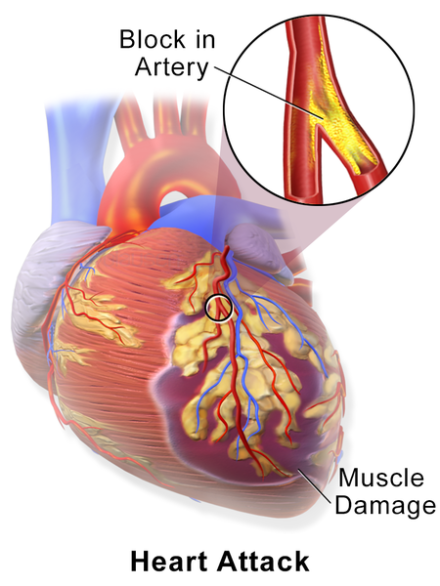About two years ago the U.S. Department of Housing and Urban Development started to press local public housing agencies to loosen their restrictions on admission policies for people released from prison who seek rehabilitation by reuniting them with their families.
In the New York Times article “Ban on Former Inmates in Public Housing Is Eased,” the New York City Housing Authority will be first public housing agency to implement the pilot program starting next month; placing “150 former inmates in public housing and provide social services to help them find jobs and meet other requirements.”
The new program will not only hope to help with rehabilitation, but also combat homelessness in the city: “Officials with the city’s Department of Homeless Services, which will defray the program’s cost of about $700,000, says its shelters house 484 adults who were released from prison in the last 18 months.”
Public housing agencies will still have to fulfill with some of HUD important regulations:
Restrictions on HUD Housing for Convicted Felons
(Per HUDHRE.info Help Desk)
NATIONAL LEVEL RESTRICTIONS
1) HUD Supportive Housing Program (SHP) OR Shelter Plus Care (SPC) –Not Applicable (No Restrictions): No conviction/felony excludes an individual from receiving HUD SHP or SPC Homeless Funds. Criteria for disallowing program participation are set at the local level.
2) HUD Public Housing or Section 8
A) Those owing back rent to any Public Housing Agency.
B) Per a congressional mandate, the following convicted felons are BARRED from accessing HUD Public Housing and HUD Section 8 (Choice Voucher) Programs nationwide:
- Megan’s Law Offenders
- Those convicted of manufacturing methamphetamines on public housing grounds.
All other felonies/criminal convictions are not congressionally mandated and therefore policies can be developed at the local level.
STATE/LOCAL LEVEL RESTRICTIONS
Megan’s Law Offenders are subject to restrictions on where they may live in relation to schools, parks, daycares, etc.
Local Public Housing Agencies, Individual Supportive Housing Programs or Shelter Plus Care Programs may have additional restrictions. An example might be limitations on sex or violent offenders that apply to programs serving children.
Filed under: Uncategorized | Leave a comment »



